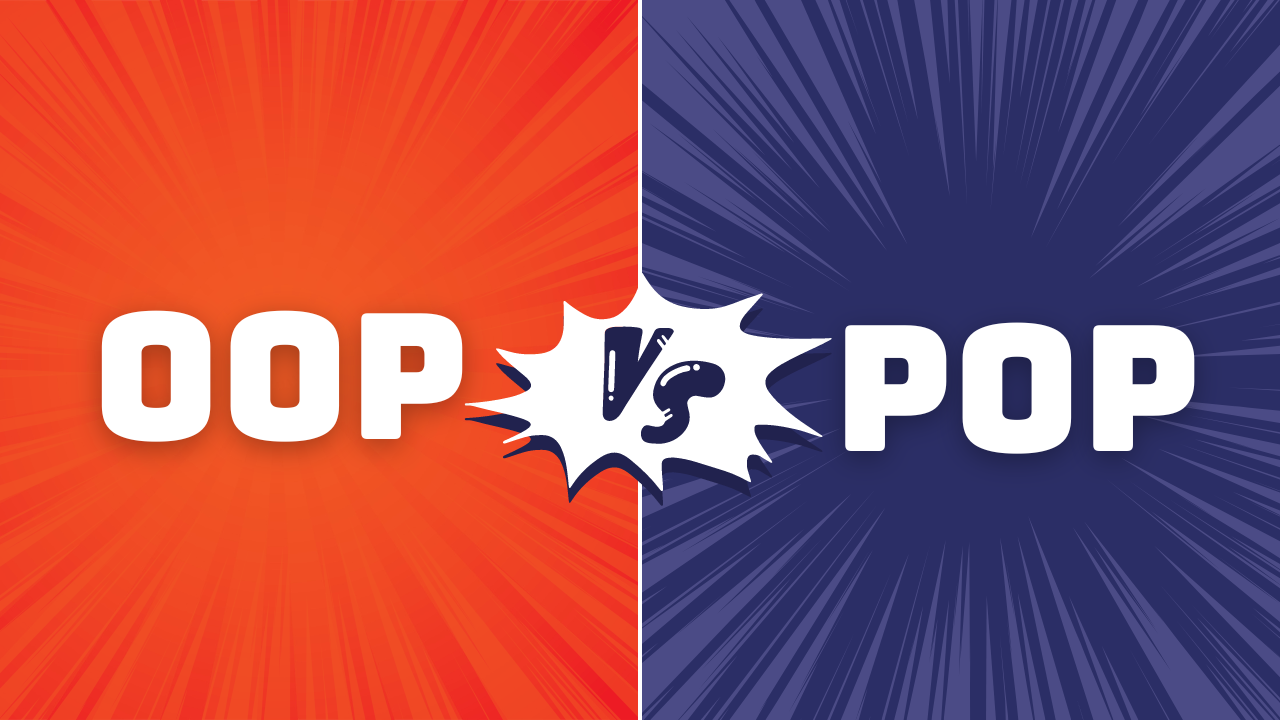
In the diverse universe of programming, two paradigms stand out for their distinct approaches and methodologies: Object-Oriented Programming (OOP) and Procedural Programming (POP). While both are powerful in their right, they cater to different problem-solving scenarios and have unique advantages and disadvantages. This comprehensive exploration will help you grasp the core differences between OOP and POP, arming you with the knowledge to choose the right approach for your next programming challenge.
What is Procedural Programming (POP)?
Procedural Programming is a methodology rooted in the concept of procedure calls, where programs are structured as a sequence of instructions that execute sequentially. This paradigm is often synonymous with languages like C, which focus on procedures or routines to perform tasks.
Key Characteristics:
- Structured Approach: Programs are structured as a sequence of steps or procedures that need to be followed to achieve a task.
- Top-Down Design: Programs typically start with a high-level overview and break down into smaller procedures or functions.
- Local Variables: Variables are often declared within functions and are local to those functions.
- Focus on Procedure: The focus is more on operations or procedures rather than the data used.
Example:
#include <stdio.h>
void greet() {
printf("Hello, world!\n");
}
int main() {
greet();
return 0;
}In this simple C program, the greet() function is a procedure that prints a greeting, which is then called from the main() function.
What is Object-Oriented Programming (OOP)?
Object-Oriented Programming is a programming paradigm based on the concept of “objects”, which can be data structures incorporating data fields and methods together. Key languages that support OOP include Java, C++, and Python.
Key Characteristics:
- Encapsulation: Data and the methods that operate on that data are bundled together.
- Abstraction: Only the necessary details are exposed while the background details are hidden.
- Inheritance: New objects can inherit the properties of existing objects.
- Polymorphism: Objects can be treated as their parent class, and methods can be overridden based on which subclass is implementing them.
Example:
class Greeting {
void greet() {
System.out.println("Hello, world!");
}
}
public class Main {
public static void main(String[] args) {
Greeting myGreet = new Greeting();
myGreet.greet();
}
}Here, the Greeting class encapsulates the greet method, and an instance of this class calls the method.
It’s here OOP in Java Programmer has to know
Key Differences Between OOP and POP
- Approach to Data and Functions:
- OOP: Integrates data and functions by encapsulating them within objects.
- POP: Separates data and functions, focusing more on functions.
- Scalability and Maintenance:
- OOP: More scalable and easier to maintain due to its modular structure.
- POP: Can become difficult to manage as complexity grows due to lack of modularity.
- Reusability:
- OOP: Promotes reusability through inheritance and polymorphism.
- POP: Limited reusability, as code can be reused only through functions.
- Real-world Modeling:
- OOP: More effective in modeling real-world scenarios that involve complex interactions among objects.
- POP: Best suited for straightforward, sequential processes.
It’s here Mastering LinkedList Algorithms has to know.
Conclusion
Choosing between OOP and POP depends largely on the nature of the project and the specific requirements at hand. For applications that require complex data interactions and are expected to scale, OOP might be the way to go. On the other hand, for straightforward, procedure-driven tasks, POP can offer simplicity and speed.
Whichever paradigm you choose, understanding both will certainly equip you with a better toolkit for your programming projects. How does each paradigm align with your current or future projects? Let’s chat in the comments!

